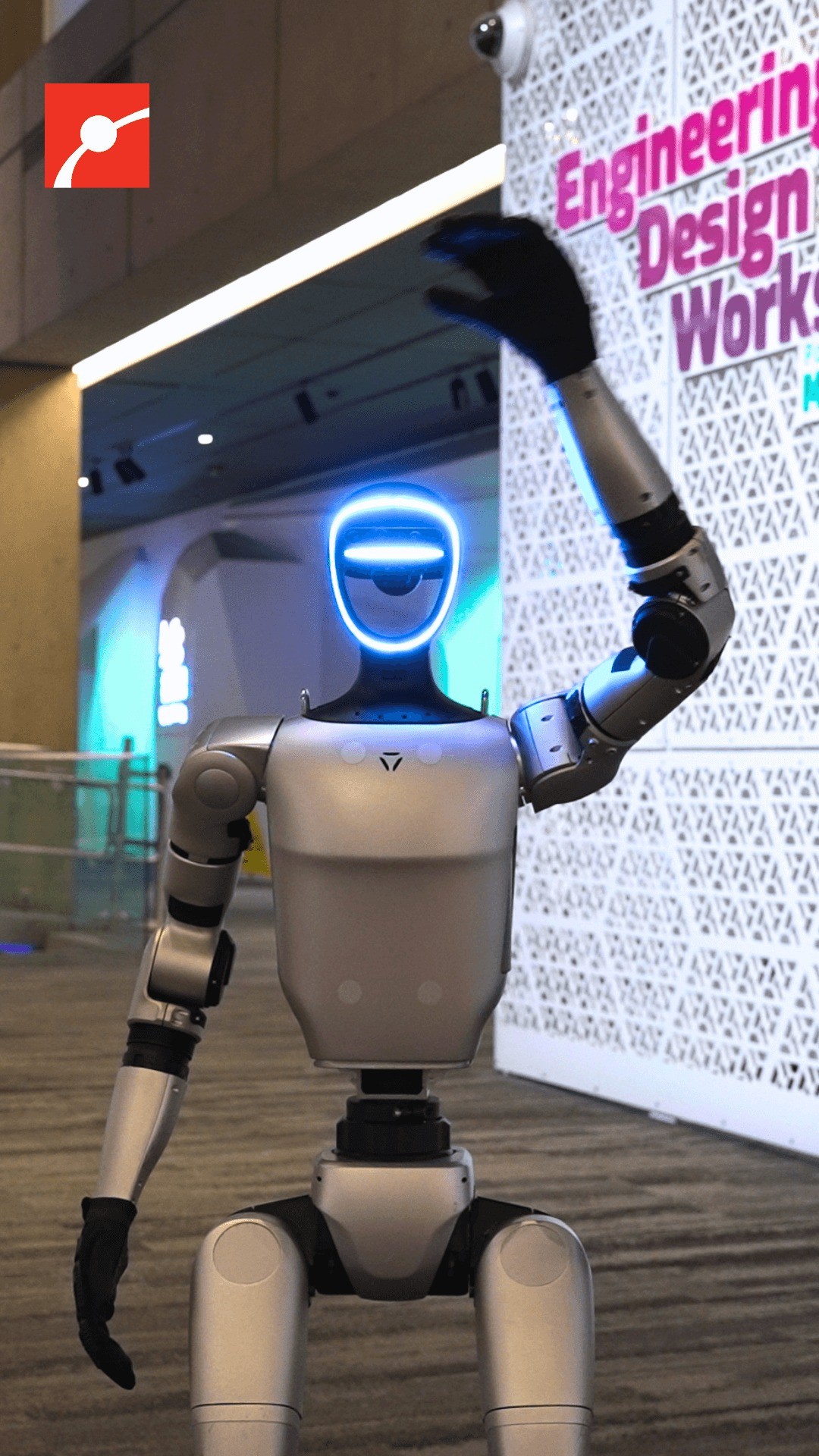- Introduction to Meet Stompy: A New Era in Robotics at the Museum
- Interactions with Boston Dynamics’ Atlas & Spot
- Technological Advancements and Capabilities of Stompy
- Implications for the Future of Robotics in Society
- The Role of Robotics in Conservation and Environmental Stewardship
Meet Stompy: A New Era in Robotics at the Museum
Meet Stompy—the latest humanoid robot from Unitree Robotics—is making quite an impression at the museum. As visitors gather to catch a glimpse of this mechanical marvel, Stompy represents a significant leap forward in the field of robotics. His arrival signals a new chapter in how robotics can shape human experiences and interactions.
The presence of robots like Stompy in such public spaces isn’t just about showcasing technological prowess. It’s about inviting the public to imagine a future where human-robot collaboration is commonplace. Stompy’s design is not only a testament to innovative engineering, but also an insight into how robotics can be integrated into daily life.
Interactions with Boston Dynamics’ Atlas & Spot
Stompy wasted no time in engaging with fellow robotic compatriots, Atlas and Spot, from Boston Dynamics. This interaction highlighted both the similarities and distinctive features of these advanced machines. While Atlas is renowned for its agility and Spot for its versatility, Stompy brings a new dimension of humanoid interaction and connectivity.
These interactions serve as a live demonstration of robotics’ potential to work together seamlessly. Observers at the museum witnessed how each robot, with unique strengths, contributes to the ecosystem of intelligent machines. This synergy is essential for advancing collaborative robotics, which can lead to more integrated and efficient systems.
Technological Advancements and Capabilities of Stompy
Stompy is not merely a static exhibition piece. He is equipped with cutting-edge sensors, advanced algorithms, and AI-driven capabilities that allow him to interact with his environment intelligently. His humanoid features enable natural and engaging interactions with humans, a significant milestone in creating robots that can operate in human-centric environments.
One of Stompy’s standout features is his adaptability. He employs machine learning to continuously improve his interactions. This capacity for self-improvement ensures that Stompy can evolve, learn, and adapt to new tasks and environments. His development underscores the potential for robots to enhance human experiences by performing complex tasks with precision.
Implications for the Future of Robotics in Society
As we look to the future, robots like Stompy are poised to play transformative roles in various sectors. From healthcare to education, and manufacturing to entertainment, the potential applications are vast. Stompy’s blend of dexterity and intelligence offers promising avenues for automation where human-like interaction is prized.
This technological progress invites questions about the impact on employment and societal norms. As robots become more integrated into daily life, ethical considerations around their use and the balance between human and machine roles will be paramount. Engaging with these issues early ensures that the integration of robotics into society benefits all.
The Role of Robotics in Conservation and Environmental Stewardship
Robotics, including humanoid innovations like Stompy, hold significant potential to aid in conservation efforts. Robots can perform tasks that are dangerous or impractical for humans, such as monitoring wildlife in extreme environments, tracking endangered species, or assisting in reforestation efforts.
Stompy’s ability to process environmental data in real-time can lead to breakthroughs in managing ecosystems and mitigating the impact of climate change. By deploying such advanced robotics in conservation practices, we can enhance our ability to preserve biodiversity and support sustainable environments.
This exploration of Stompy’s place in the museum and beyond illustrates how robotics can enhance our understanding of both technology and the natural world. With the continued evolution of robotic capabilities, the intersection of technology and environmental stewardship becomes increasingly significant, offering new tools to address some of our planet’s most pressing challenges.
*****
Source Description
Meet Stompy—the newest Unitree Robotics humanoid robot at the Museum! 🤖
He just arrived and wasted no time saying hello to Boston Dynamics’ Atlas & Spot. With robotics evolving fast, how do you see robots like Stompy shaping our world in the next 10 years?


